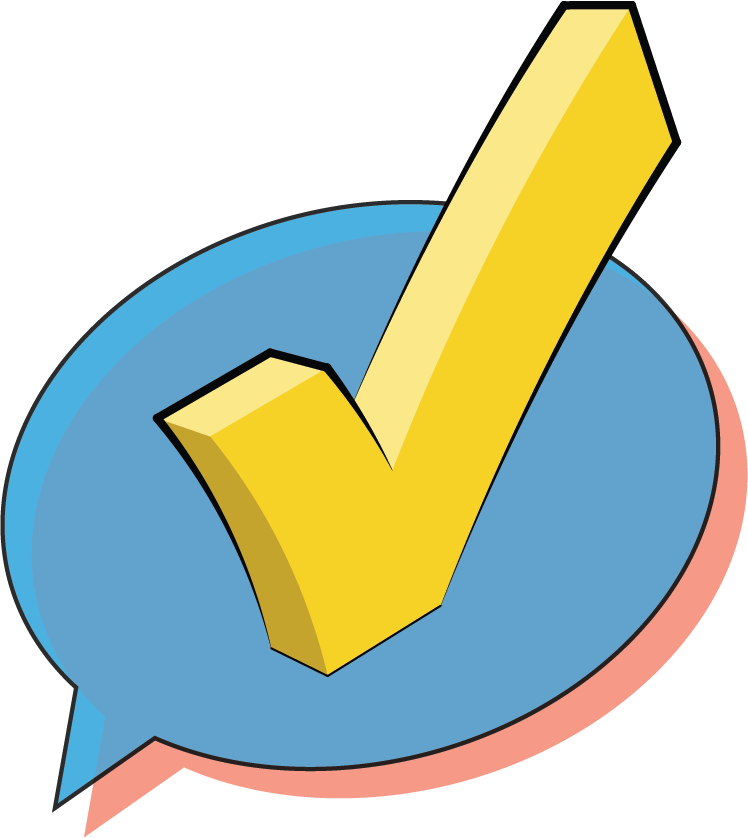10 signs to help you spot dysgraphic students
Dysgraphia is a learning disorder that affects a student's ability to produce written language, causing difficulties with handwriting, spelling, and written expression. Although often overlooked, poor handwriting can be a significant indicator that a student is struggling with dysgraphia and is being hindered from fully expressing their thoughts and knowledge in written form.

James Smith
2 Apr 2024

10 signs to help you spot dysgraphia in your students
Subject: Concerns Regarding [Student's Name] - Potential Dysgraphia
Dear [Head of Learning Support],
I am writing to express my concerns about [Student's Name], who has been exhibiting signs of dysgraphia in my class. I have observed the following:
1. [Sign 1, e.g., Illegible handwriting]
2. [Sign 2, e.g., Slow writing speed]
3. [Sign 3, e.g., Difficulty with letter formation and spacing]
These difficulties are impacting [Student's Name]'s ability to demonstrate their knowledge effectively in written form, despite strong verbal skills.
I kindly request your assistance in assessing [Student's Name]. Please let me know if you need any further information.
Thank you for your attention to this matter.
Kind regards,
[Your Name]
Dysgraphia is a specific learning disorder that affects a student's ability to produce written language. It is a neurological condition that impacts the fine motor skills necessary for writing, resulting in difficulties with handwriting, spelling, and written expression. Students with dysgraphia often struggle to translate their thoughts and ideas into written form, despite having normal intelligence and verbal communication skills.
It's crucial for teachers to understand that poor handwriting is not just a matter of neatness or laziness. In fact, it can be a significant indicator that a student is struggling with dysgraphia and is being prohibited from fully expressing their thoughts and knowledge in written form. When a student's writing difficulties are overlooked or dismissed, it can lead to frustration, low self-esteem, and a lack of motivation to engage in writing tasks.
As a teacher, recognising the signs of dysgraphia early on is essential for providing appropriate support and interventions. Here are ten ways to spot dysgraphia in students:
1. Illegible handwriting
One of the most common signs of dysgraphia is messy, illegible handwriting. Students with dysgraphia often struggle to form letters correctly, maintain consistent letter sizes, and space words appropriately. Their writing may appear cramped, uneven, or difficult to decipher.
2. Slow writing speed
Students with dysgraphia may take significantly longer to complete writing tasks compared to their peers. They may struggle to keep up with the pace of writing assignments, leading to frustration and incomplete work.
3. Inconsistent letter formation
Dysgraphia can cause inconsistencies in letter formation, such as mixing upper and lowercase letters, reversing letters (e.g., "b" and "d"), or using different letter styles within the same word or sentence.
4. Poor spelling
Students with dysgraphia often have difficulty spelling words correctly, even those that are phonetically simple or commonly used. They may omit letters, add extra letters, or use incorrect letter sequences.
5. Difficulty with spacing
Proper spacing between letters and words is another challenge for students with dysgraphia. They may crowd letters together, leave irregular gaps between words, or have trouble staying within the margins of the page.
6. Awkward pencil grip
Students with dysgraphia may hold their pencil or pen unusually, such as gripping it too tightly, using an awkward finger position, or frequently adjusting their grip. This can lead to hand fatigue and discomfort during writing tasks.
7. Avoidance of writing tasks
Due to the challenges and frustrations associated with writing, students with dysgraphia may develop an aversion to writing tasks. They may resist writing assignments, express anxiety or distress when asked to write, or find excuses to avoid writing activities.
8. Difficulty organising thoughts:
Dysgraphia can impact a student's ability to organise their thoughts and ideas in a logical, coherent manner. They may struggle to plan their writing, use proper paragraph structure, or maintain a clear focus throughout a written piece.
9. Discrepancy between verbal and written expression
Students with dysgraphia often have a significant discrepancy between their verbal and written communication skills. They may be able to express their ideas eloquently when speaking but struggle to convey the same thoughts in writing.
10. Inconsistent performance across subjects
Dysgraphia can affect a student's performance across various subjects that involve writing, such as language arts, social studies, and science. However, they may excel in subjects that rely less on written expression, like math or art.
As teachers, we play a vital role in identifying and supporting students with dysgraphia. By understanding these ten signs and recognising the significance of poor handwriting, teachers can collaborate with school specialists, such as special education teachers, occupational therapists, and school psychologists, to conduct a comprehensive assessment and develop an appropriate intervention plan.

The Intuition Trap: Failing student writers
1/4/2024
In this article, we'll explore the pitfalls of relying on intuition in writing assessment and discover how a data-driven approach, powered by AI, can help us break free from the cycle of student writing challenges.

James Smith

Why you should track student progress across time
22/1/2024
The value of knowing how each student is progressing, on a granular level, is immense. It allows you to to make the right data-backed decision for each student, and tailor the program to each student. You can see - or at least get an indication about - the extent to which their enrollment in your subject is impacting their learning.

James Smith

AI-powered essay comment banks are the future
11/2/2024
The AI-enhanced essay comment bank is a game-changer for those looking to provide written feedback to students. Evolving from its rudimentary beginnings as an Excel spreadsheet, Mark My Words blends artificial intelligence with the documented knowledge of the teacher, making the feedback process quicker, more consistent, and extremely personalised.

James Smith
